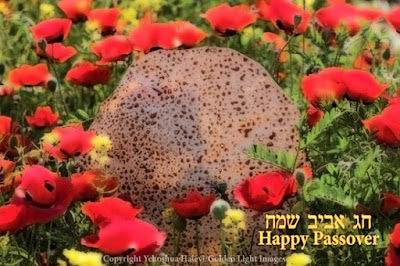 HOW I GOT THE SHOT: I've been writing this blog for three years and nothing gives me greater pleasure than reader feedback and receiving a hot photo tip. My cell phone rang on Oct. 12 with an ecstatic caller on the line: "Yehoshua, you have to come out here today. I've never seen a day like this before." With nothing on my calendar that afternoon, I seized the opportunity and made the 20-minute drive to P'nei Kedem in eastern Gush Etzion.
HOW I GOT THE SHOT: I've been writing this blog for three years and nothing gives me greater pleasure than reader feedback and receiving a hot photo tip. My cell phone rang on Oct. 12 with an ecstatic caller on the line: "Yehoshua, you have to come out here today. I've never seen a day like this before." With nothing on my calendar that afternoon, I seized the opportunity and made the 20-minute drive to P'nei Kedem in eastern Gush Etzion.This beautiful area is on the edge of the Judean Mountains as they descend to the Dead Sea and merge with the Judean Desert. It's also right along the rain line, the zone where desert meets more temperate, wetter climate. The landscape is virtually barren of vegetation but rich in color and form variation. Unfortunately, security – often a constraint to would-be, free-roaming photographers – is a bit dicey in this region. I was stopped and interrogated by both an army patrol and local Bedouin, who must have thought me some kind of spy with my fancy cameras and tripod.
This week's photo features a view due east across the Judean Desert. The mountains at the very top of the frame are in Jordan and a small section of the Dead Sea, normally shrouded in thick haze, is visible just below them. The empty landscape left me few options for composing with a strong foreground element, so I chose this dark section of hill to give the image depth and to convey a sense of the multicolored landscape. I carefully cropped this part of the composition to form a triangle whose lower left point emerges directly from the bottom left corner of the photo, the point of strongest visual impact. Thank you, Tamar!
Technical Date: Nikon D300, 70-200 mm zoom at 160 mm, f10 @ 1/640 sec. ISO 200






































